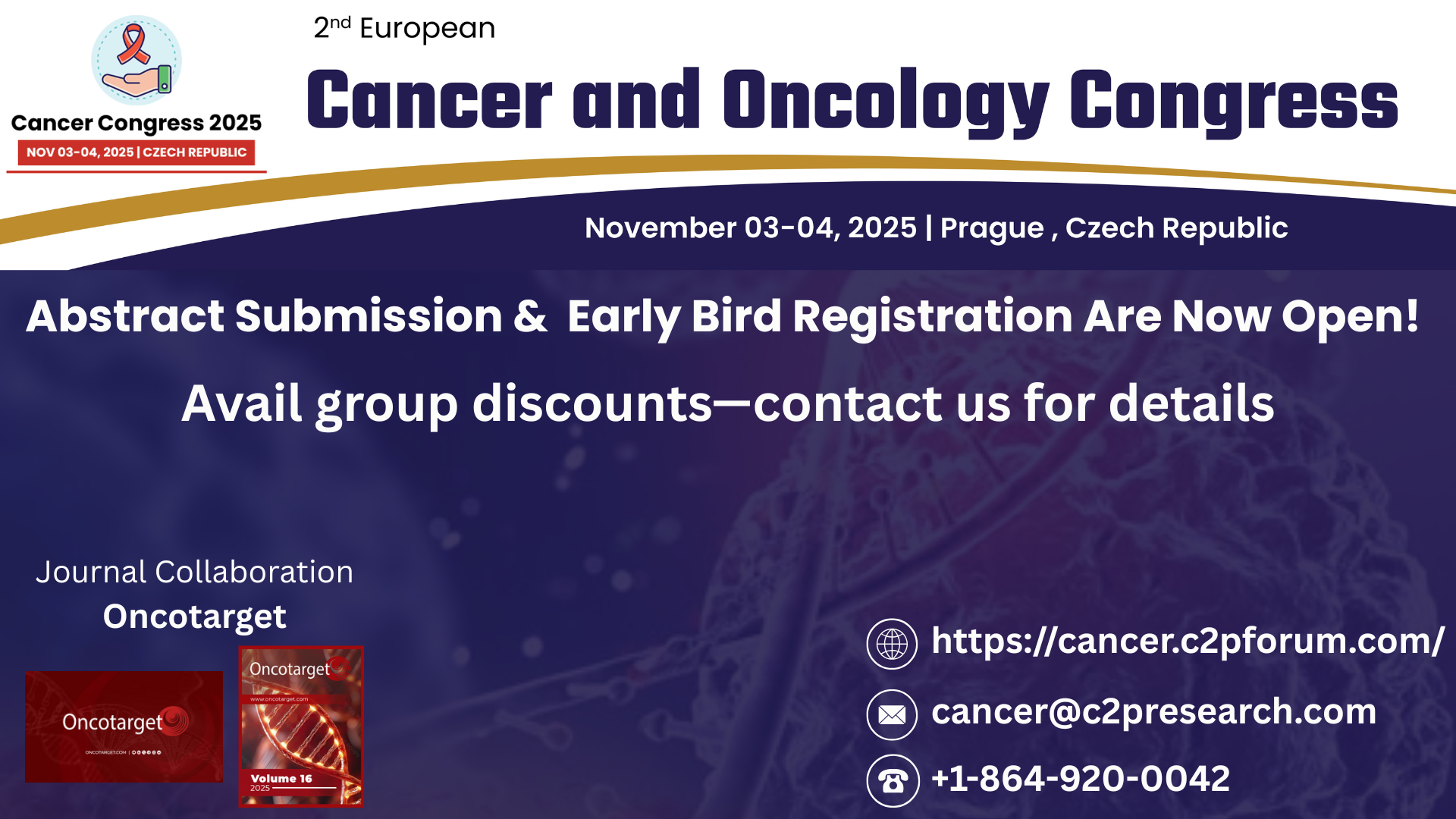Research Papers:
Destabilisation, aggregation, toxicity and cytosolic mislocalisation of nucleophosmin regions associated with acute myeloid leukemia
PDF | HTML | Supplementary Files | How to cite
Metrics: PDF 2281 views | HTML 3252 views | ?
Abstract
Pasqualina Liana Scognamiglio1,5,*, Concetta Di Natale1,*, Marilisa Leone2, Roberta Cascella3, Cristina Cecchi3, Lisa Lirussi4,6, Giulia Antoniali4, Domenico Riccardi1, Giancarlo Morelli1, Gianluca Tell4, Fabrizio Chiti3, Daniela Marasco1
1Department of Pharmacy, CIRPEB: Centro Interuniversitario di Ricerca sui Peptidi Bioattivi-University of Naples “Federico II”, DFM-Scarl, 80134, Naples, Italy
2Institute of Biostructures and Bioimaging - CNR, 80134, Naples, Italy
3Section of Biochemistry, Department of Experimental and Clinical Biomedical Sciences “Mario Serio”, University of Florence, 50134, Florence, Italy
4Laboratory of Molecular Biology and DNA repair, Department of Medical and Biological Sciences, University of Udine, 33100, Udine, Italy
5Permanent address: Center for Advanced Biomaterials for Health Care@CRIB Istituto Italiano di Tecnologia, 80125, Napoli, Italy
6Permanent address: Department of Clinical Molecular Biology, University of Oslo and Akershus University Hospital, Nordbyhagen, 1474, Norway
*Co-first authors
Correspondence to:
Daniela Marasco, email: [email protected]
Keywords: helical peptides, aggregation phenomena, AML, CD spectroscopy
Received: November 02, 2015 Accepted: July 17, 2016 Published: August 01, 2016
ABSTRACT
Nucleophosmin (NPM1) is a multifunctional protein that is implicated in the pathogenesis of several human malignancies. To gain insight into the role of isolated fragments of NPM1 in its biological activities, we dissected the C-terminal domain (CTD) into its helical fragments. Here we focus the attention on the third helix of the NPM1-CTD in its wild-type (H3 wt) and AML-mutated (H3 mutA and H3 mutE) sequences. Conformational studies, by means of CD and NMR spectroscopies, showed that the H3 wt peptide was partially endowed with an α-helical structure, but the AML-sequences exhibited a lower content of this conformation, particularly the H3 mutA peptide. Thioflavin T assays showed that the H3 mutE and the H3 mutA peptides displayed a significant aggregation propensity that was confirmed by CD and DLS assays. In addition, we found that the H3 mutE and H3 mutA peptides, unlike the H3 wt, were moderately and highly toxic, respectively, when exposed to human neuroblastoma cells. Cellular localization experiments confirmed that the mutated sequences hamper their nucleolar accumulation, and more importantly, that the helical conformation of the H3 region is crucial for such a localization.
 All site content, except where otherwise noted, is licensed under a Creative Commons Attribution 4.0 License.
All site content, except where otherwise noted, is licensed under a Creative Commons Attribution 4.0 License.
PII: 10991

